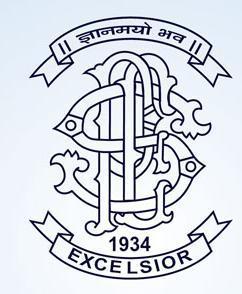There is no concrete definition of trafficking. For the basic understanding of the term, trafficking is defined as movement or transportation of a person by means of coercion or deceit and consequent exploitation which
leads to commercialization.2 Article 23 of the Constitution of India, 1950 prohibits traffic in human beings and other similar forms of forced labor as a part of the fundamental rights guaranteed under Part III of the Constitution.3. Only two Indian laws talk about human trafficking in India which is as follows:
The Suppression Of Immoral Traffic in Women and Girls Act, 1956
The Immoral Traffic (Prevention) Act, 1986 (which amended the previous Act)
The Suppression of Immoral Traffic in Women and Girls Act, 1956 defines prostitution
as a voluntary act of a female offering her body and thus this definition excludes forced prostitution.4 This Act divided females into 2 groups- 21 years and above as females and those below the age of 21 years as girls.5 According to the provisions of the Act, the exploited female is to be sent to a protective home and the exploited
girl is to be sent to a rehabilitation centre on being convicted under this Act. The punishment for the exploiters has been set in this Act. Both prostitutes and the other persons involved in such act are made punishable under this Act provided the other persons have involved themselves as well the women in prostitution knowingly
and willingly. This rider in the provision gives a free space for the pimps and brothel owners to escape the liability under this Act by stating their ignorance of such knowledge. This act only focused on street prostitution and did not provide for prostitution conducted behind closed doors. This was a grave loophole which led to
the establishment of brothel houses.
In order to improve upon the defects of Suppression Of Immoral Traffic in Women and Girls Act, the Immoral Traffic (Prevention) Act, 1956 was enacted. The most important change brought by this Act is through the amendment in the definition of “prostitution.” Here, prostitution means sexual exploitation or abuse of persons
for commercial purpose and the term prostitute shall be construed accordingly.6 Under this Act, prostitution by choice will not be covered because it says that prostitution is sexual abuse or exploitation for commercial purpose. Thus, a wider definition was given to prostitution and it is no more restricted to women and girls.
The draft of the Trafficking of Persons (Prevention, Protection and Rehabilitation) Bill, 2016 has been put up by the Ministry of Women and Child Development. It is a good piece of legislation but it is not wholly updated and good enough with relation to present day problems of human trafficking and prostitution (commercial
exploitation of women). The main purposes of this Bill is to consolidate the existing antitrafficking laws in India, widening the ambit of the definition to include labour-trafficking along with sex-trafficking, contrary to what
earlier legislations like the Immoral Trafficking (Prevention) Act 0f 1956 focused at. The Bill promises to provide treatment to the survivors of trafficking as victims in needs of assistance and to make rehabilitation as a right for those who are rescued.
However, the Bill is not free from lacunas. The Bill’s biggest weakness is the ambiguity in the language the question as to how rehabilitation will take place and who will be responsible for
it. For an instance under the present law it is provided that when a victim is rescued then the family of the girl needs to collect her within 28 days. If the girl is not collected by her family (which happens generally) within this time slot then the magistrate shall pass an order for detention of the victim in a protective home
ranging from one to three years. Reintegrating victims into society should be the ultimate aim of such laws but somehow the current legal framework is lacking such steps and procedure req7uired for rehabilitation of the victims.
In this paper the authors have tried to highlight the loopholes of this Bill and then laid down certain suggestion as to how these gaps can be filled for the betterment of the victims of acts of human trafficking in India.
2017-18-Vol3-Issue2-_7


